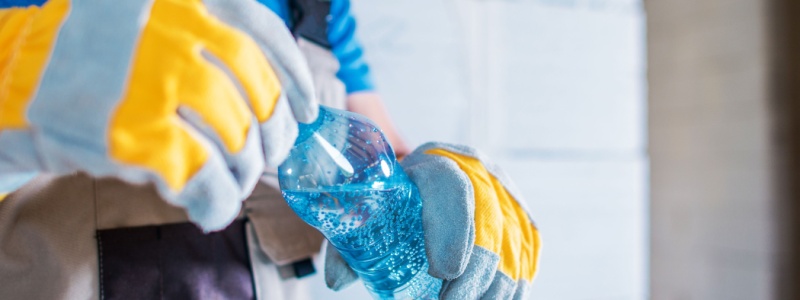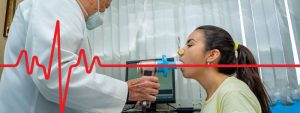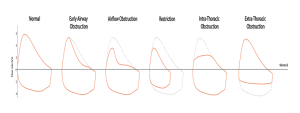Many jobs expose workers to things that can irritate or damage the lungs. These hazards might be present in industries like construction, manufacturing, cleaning, or even healthcare. Here are some common risks:
Dust: If you work around construction, wood, or mining, you might be exposed to dust from materials like concrete, wood, or coal. Breathing in dust particles over time can lead to lung diseases such as silicosis or chronic obstructive pulmonary disease (COPD).
Fumes: Fumes from welding, painting, or using cleaning chemicals can cause lung irritation and long-term damage. Welding fumes contain metals that can be harmful when inhaled, and strong cleaning chemicals can irritate the airways.
Chemicals: Many jobs involve handling chemicals, which can be harmful if inhaled. Some chemicals can cause immediate lung irritation, while others can cause long-term harm, such as cancer, after years of exposure. This is especially true if your workplace uses solvents, pesticides, or other toxic substances.
How to Protect Your Lungs at Work
The good news is that there are effective ways to protect your lungs while you work. Here are some preventive measures you can take to reduce your risk:
1. Ensure Proper Ventilation
Good ventilation reduces exposure to harmful dust, fumes, and chemicals. Proper ventilation systems remove contaminants from the air and bring in fresh air. Make sure your workplace has proper exhaust systems, especially in areas where fumes or dust are produced.
If you work in a poorly ventilated space, ask your employer about improving air circulation or installing air filters to reduce the risk of breathing in harmful substances.
2. Use Protective Equipment
Personal protective equipment (PPE) can be a lifesaver for your lungs. Depending on your job, you might need to wear masks, respirators, or other protective gear to prevent inhaling harmful particles.
Dust Masks or Respirators: These are essential if you’re working around dust or chemicals. Respirators are designed to filter out harmful particles and fumes before they enter your lungs. Always make sure your mask fits properly and is suitable for the type of work you’re doing.
Gloves and Goggles: Protecting your eyes and skin is also important because chemicals and dust can irritate these areas. Gloves and goggles can help prevent accidental exposure.
3. Follow Safety Guidelines
Your workplace should have safety guidelines in place to protect workers from hazards. These guidelines may include rules about how to handle chemicals, store materials, or clean up spills. Always follow these guidelines closely, and if you’re unsure about how to safely perform a task, ask your supervisor for guidance.
4. Take Breaks and Stay Hydrated
If you’re working in an environment with dust or fumes, make sure to take regular breaks to step outside and breathe fresh air. Staying hydrated also helps keep your airways moist and can reduce irritation from inhaled particles.
5. Report Unsafe Conditions
If you notice poor ventilation, excessive dust or fumes, or broken protective equipment, don’t hesitate to report it to your employer or supervisor. It’s important that workplace hazards are addressed quickly to keep everyone safe.
Your lungs are vital to your health, and it’s important to protect them, especially at work. By understanding the risks of dust, fumes, and chemicals, and by taking preventive measures like wearing protective equipment and ensuring good ventilation, you can help keep your lungs healthy.
At Care Net Consultants, we’re here to support you in protecting your health at work and home. If you have any concerns or need advice on protecting your lungs, feel free to contact our team. Together, we can help you breathe easier and live healthier!




